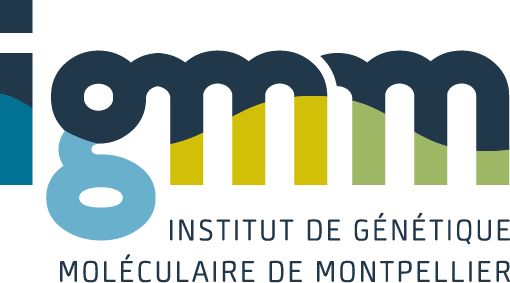Only some imprinting control regions (ICRs) acquire their DNA methylation in the male germ line. These imprints are protected against the global demethylation of the sperm genome following fertilisation, and are maintained throughout development. We find that in somatic cells and tissues, DNA methylation at these ICRs is associated with histone H4-lysine-20 and H3-lysine-9 trimethylation. The unmethylated allele, in contrast, has H3-lysine-4 dimethylation and H3 acetylation. These differential modifications are also detected at maternally methylated ICRs, and could be involved in the somatic maintenance of imprints. To explore whether the post-fertilisation protection of imprints relates to events during spermatogenesis, we assayed chromatin at stages preceding the global histone-to-protamine exchange. At these stages, H3-lysine-4 methylation and H3 acetylation are enriched at maternally methylated ICRs, but are absent at paternally methylated ICRs. H4 acetylation is enriched at all regions analysed. Thus, paternally and maternally methylated ICRs carry different histone modifications during the stages preceding the global histone-to-protamine exchange. These differences could influence the way ICRs are assembled into specific structures in late spermatogenesis, and may thus influence events after fertilisation.
Differential histone modifications mark mouse imprinting control regions during spermatogenesis
Delaval, K.; Govin, J.; Cerqueira, F.; Rousseaux, S.; Khochbin, S.; Feil, R.
2007
EMBO J
2007-02-07 / vol 26 / pages 720-9
Abstract
IGMM team(s) involved in this publication

Robert Feil
Empreinte Génomique et Développement
Étiquettes
Animals; Mice; Chromatin Immunoprecipitation; Male; Genomic Imprinting/*genetics; *DNA Methylation; Histones/genetics/*metabolism; Blotting, Western; Chromatin/*chemistry; Computational Biology; Locus Control Region/*genetics; Sex Factors; Spermatogenesis/*genetics
